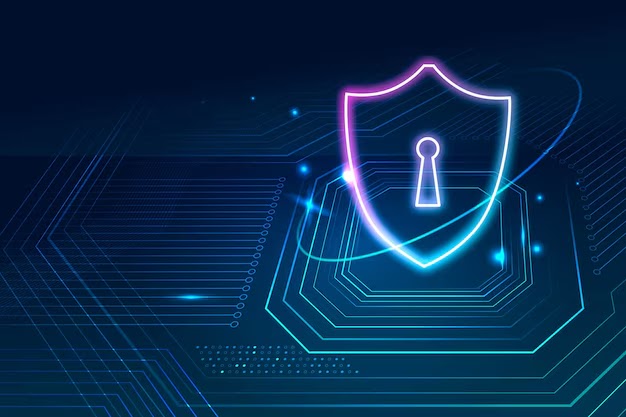Understanding Cybersecurity: Protecting Our Digital World
In our increasingly digital society, cybersecurity has become a vital concern for individuals and organizations alike. With the rise of cyber threats, understanding cybersecurity and implementing effective measures is essential to safeguard sensitive information and maintain trust in digital systems. Here’s a closer look at what cybersecurity entails, common threats, and best practices for protection.
What is Cybersecurity?
Cybersecurity refers to the practices, technologies, and processes designed to protect networks, devices, and data from unauthorized access, attacks, damage, or theft. It encompasses a wide range of security measures aimed at defending against cyber threats, ensuring the integrity, confidentiality, and availability of information.
Common Cybersecurity Threats
Malware: Short for malicious software, malware includes viruses, worms, and ransomware that can damage or disrupt systems. Ransomware, in particular, encrypts files and demands payment for their release, posing a significant threat to businesses.
Phishing: This deceptive tactic involves tricking individuals into providing sensitive information, such as usernames and passwords, often through fake emails or websites. Phishing remains one of the most prevalent cyber threats.
Denial-of-Service (DoS) Attacks: These attacks overwhelm a system, causing it to become slow or unavailable. Distributed Denial-of-Service (DDoS) attacks involve multiple compromised systems, making them even more challenging to mitigate.
Insider Threats: Not all threats come from external sources. Employees with access to sensitive information can intentionally or unintentionally cause data breaches, making insider threats a serious concern for organizations.
Advanced Persistent Threats (APTs): APTs are prolonged and targeted cyberattacks, often conducted by skilled attackers aiming to steal sensitive data over time. These attacks are particularly difficult to detect and defend against.
Best Practices for Cybersecurity
Educate and Train Employees: Human error is often the weakest link in cybersecurity. Regular training on recognizing phishing attempts and safe online practices can empower employees to be the first line of defense.
Implement Strong Password Policies: Encourage the use of complex, unique passwords and enable two-factor authentication (2FA) to add an extra layer of security.
Regular Software Updates: Keeping software and operating systems up to date ensures that security vulnerabilities are patched. Enable automatic updates where possible to streamline this process.
Conduct Regular Security Audits: Regularly assess your organization’s security posture by conducting vulnerability assessments and penetration testing. This helps identify weaknesses and areas for improvement.
Backup Data: Regularly backing up important data ensures that you can recover it in case of a ransomware attack or data loss. Store backups in secure, off-site locations.
Utilize Firewalls and Antivirus Software: Firewalls act as a barrier between your network and potential threats, while antivirus software helps detect and eliminate malware before it can cause damage.
Establish an Incident Response Plan: Preparing for potential cyber incidents is crucial. Develop a comprehensive incident response plan outlining steps to take in the event of a breach, including communication strategies and recovery procedures.
The Future of Cybersecurity
As technology continues to evolve, so do cyber threats. Emerging technologies like artificial intelligence and the Internet of Things (IoT) present new challenges and opportunities for cybersecurity. Organizations must stay informed about the latest threats and adopt proactive measures to protect their digital assets.
Conclusion
In an era where digital interactions are integral to our lives, cybersecurity is more important than ever. By understanding the common threats and implementing best practices, individuals and organizations can significantly reduce their risk of cyberattacks. Cybersecurity is not just an IT issue; it’s a collective responsibility that requires vigilance, education, and ongoing commitment to safeguard our digital world.




Aucun commentaire:
Enregistrer un commentaire